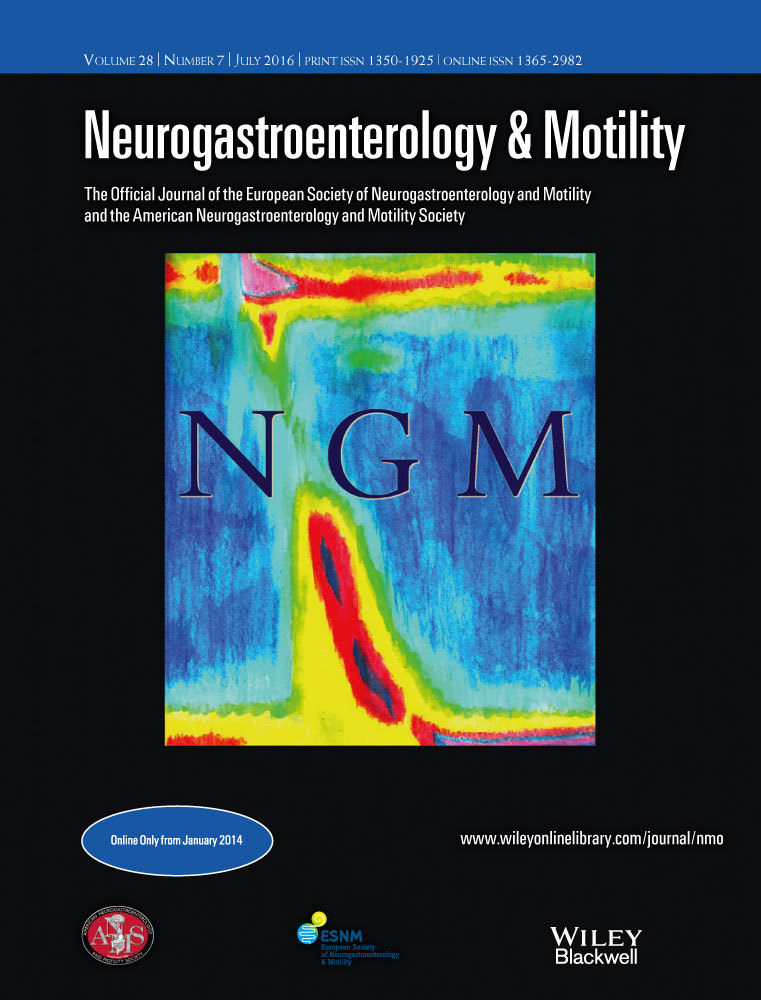Stimulus-induced pacemaker activity in interstitial cells of Cajal associated with the deep muscular plexus of the small intestine
Abstract
Background
The ICC-DMP have been proposed to generate stimulus-dependent pacemaker activity, rhythmic transient depolarizations, that take part in orchestrating segmentation and clustered propulsive motor patterns in the small intestine. However, little is known about the fundamental properties of ICC-DMP.
Methods
This study was undertaken to increase our understanding of intrinsic properties of the ICC-DMP through calcium imaging and intracellular electrical recordings.
Key Results
Without stimulation, most ICC-DMP were quiescent. In some preparations ICC-DMP generated rhythmic low-frequency calcium oscillations (<10 cpm) with or without high frequency activity superimposed (>35 cpm). Immunohistochemistry proved the existence of NK1R on the ICC-DMP and close contacts between ICC-DMP and substance P-positive nerves. Substance P (25 nM) induced low-frequency calcium oscillations that were synchronized across the ICC-DMP network. Substance P also induced low frequency rhythmic transient depolarizations (<10cpm) in circular muscle cells close to the ICC-DMP. An intracellular recording from a positively identified ICC-DMP showed rhythmic transient depolarizations with superimposed high frequency activity. To investigate if quiescent ICC-DMP were chronically inhibited by nitrergic activity, nNOS was inhibited, but without effect.
Conclusions & Inferences
Substance P changes non-synchronized high frequency flickering or quiescence in ICC-DMP into strong rhythmic calcium transients that are synchronized within the network; they are associated with rhythmic transient depolarizations within the same frequency range. We hypothesize that Substance P, released from nerves, can evoke rhythmicity in ICC-DMP, thereby providing it with potential pacemaker activity.




